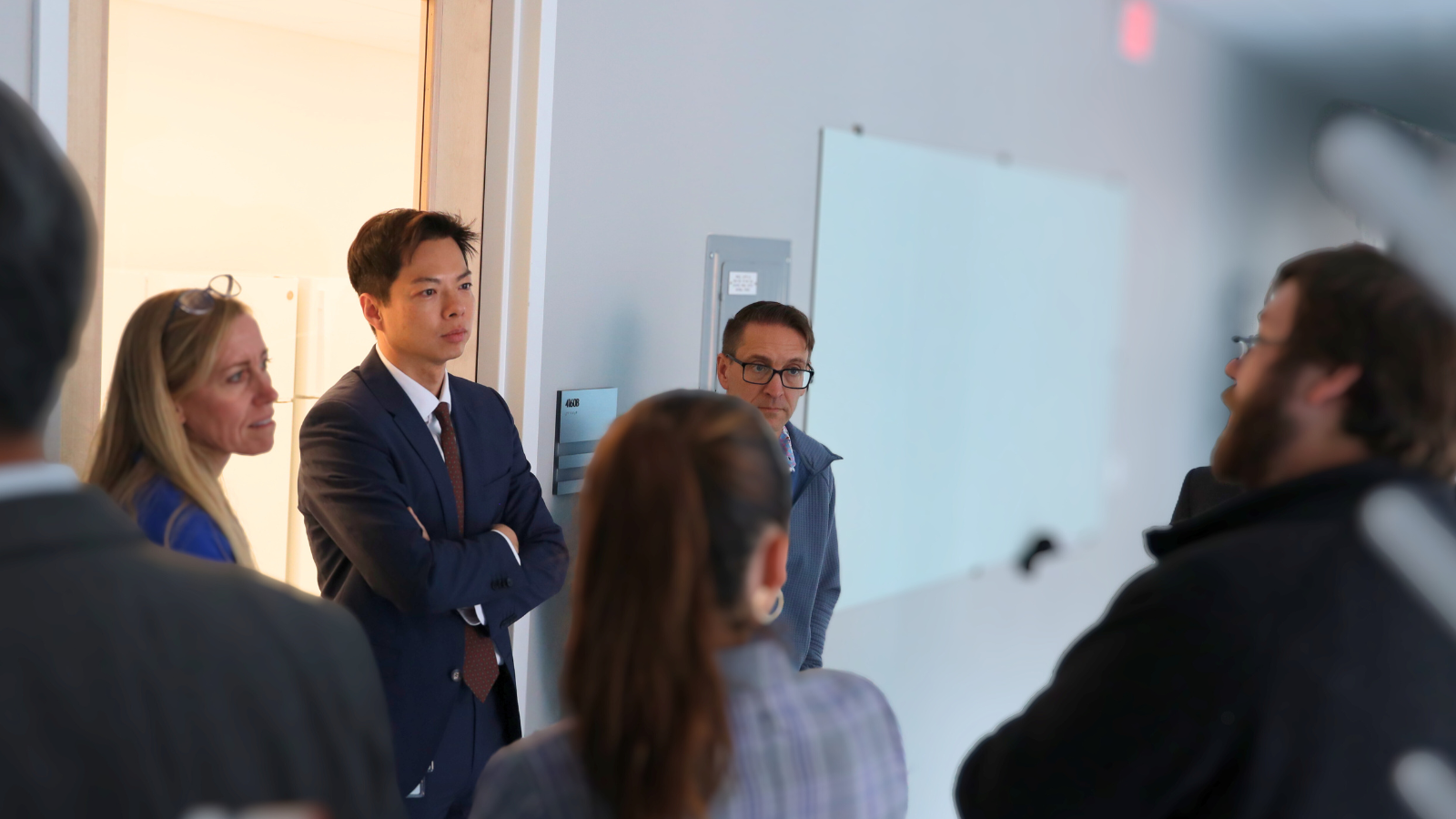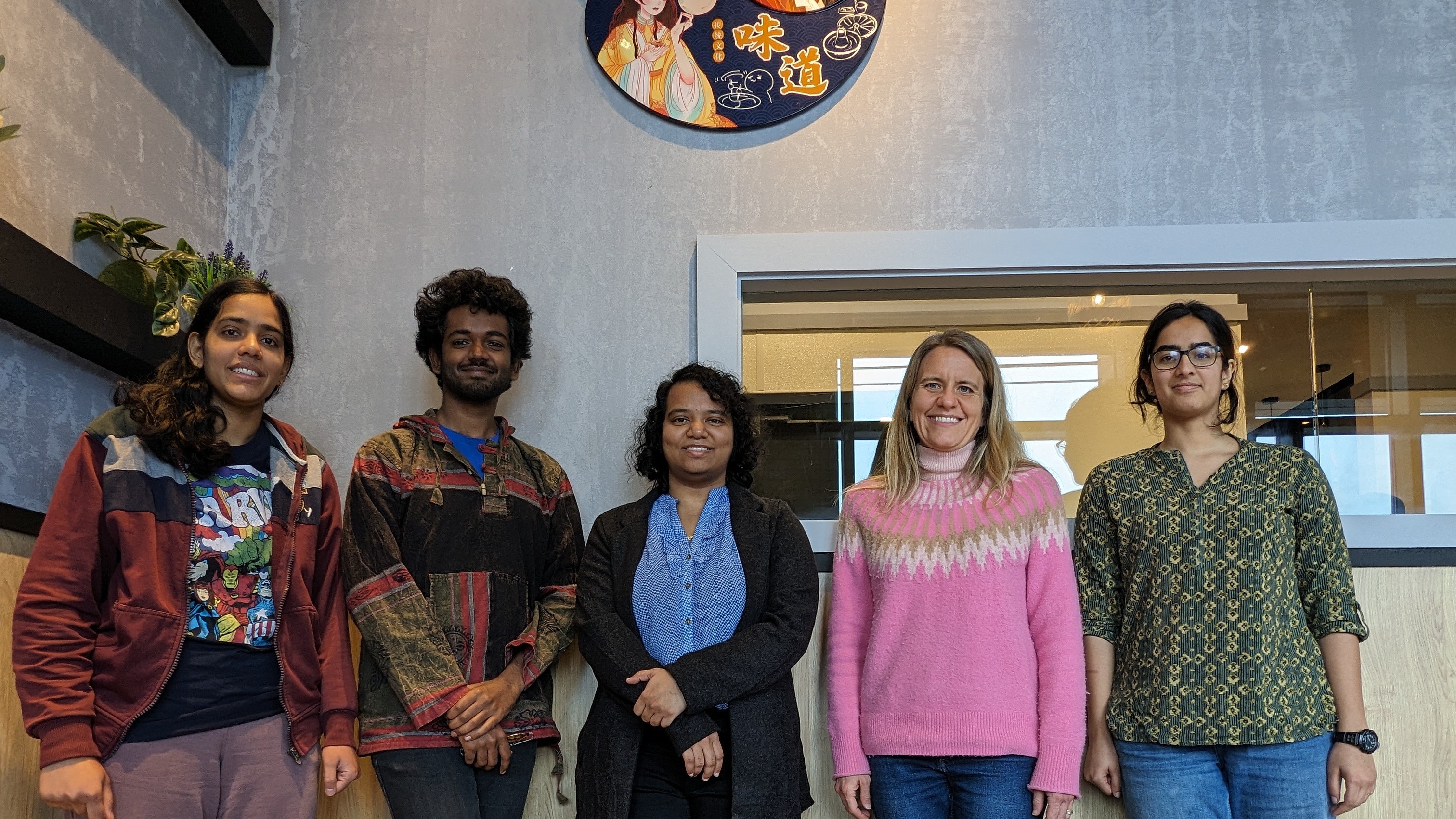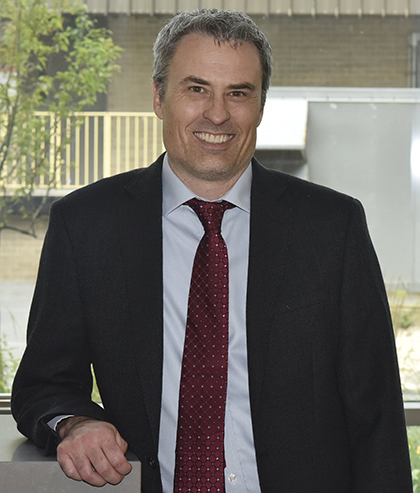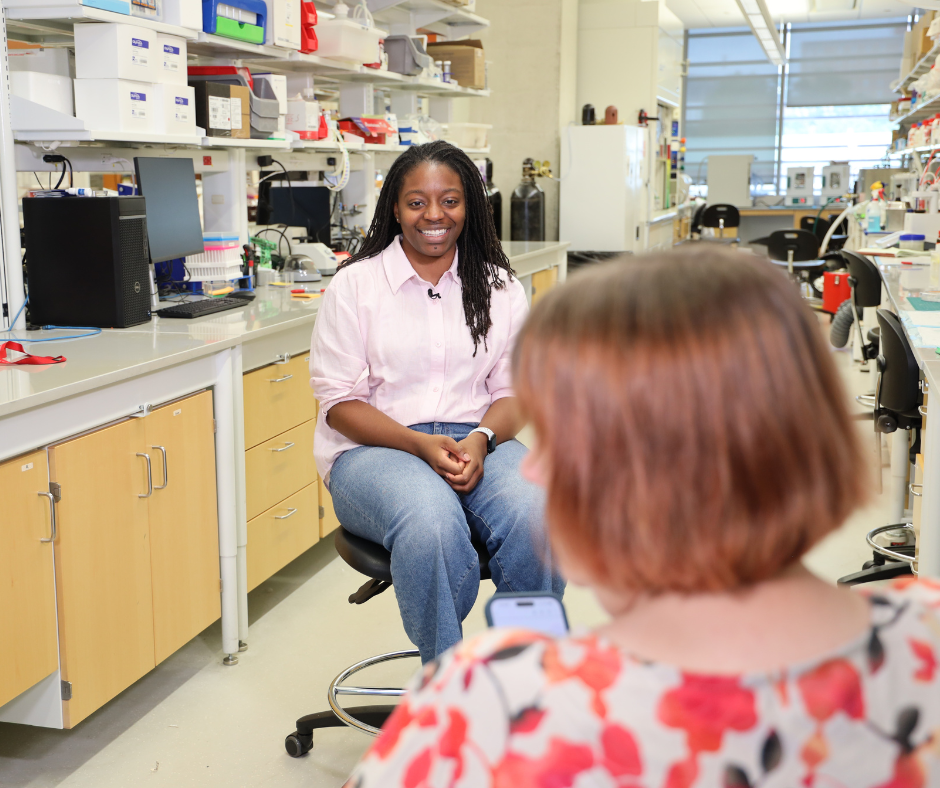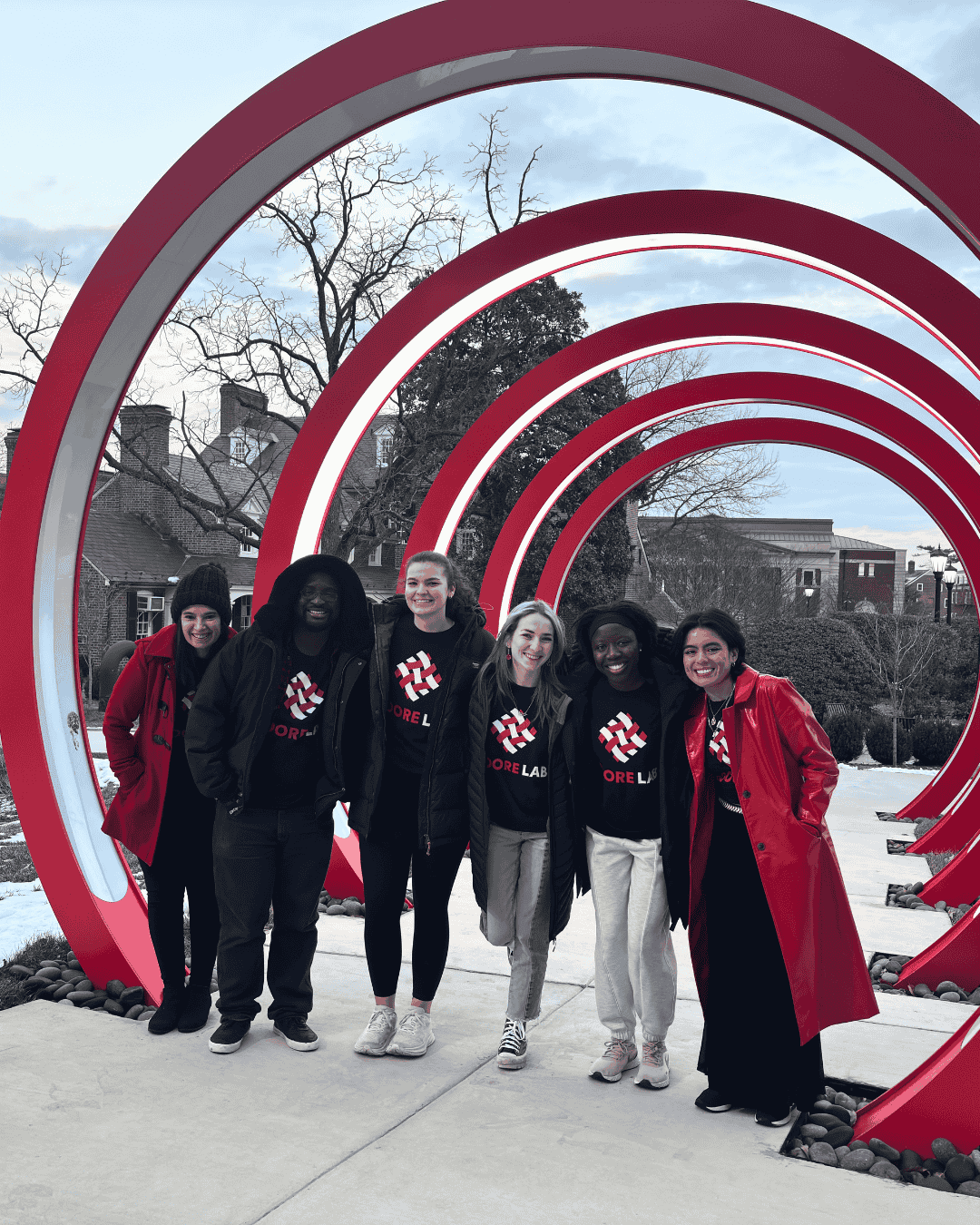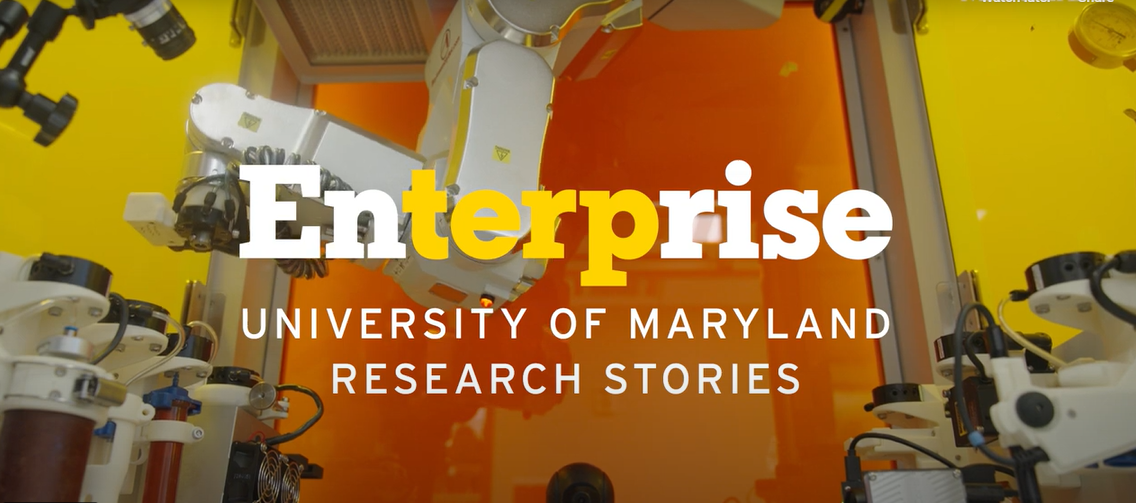News Story
Chen's Biomedical Imaging Featured in American Center for Physics Art Exhibit
The delicate microanatomy of brains and kidneys, captured in rich color and detail using techniques found in the laboratory rather than an artist's studio, are simultaneously technology and art, literal slices of life and abstractions.
The images, produced by Clark School Fischell Department of Bioengineering assistant professor Yu Chen with visiting research assistant professor Hengchang Guo and Burke Rehabilitation Center assistant professor Jian Zhong, are presented alongside sculptures and paintings inspired by science in a show called From Here to Infinity at the American Center for Physics (ACP).
Twice annually, the ACP hosts shows that explore the relationship between science and art by exhibiting paintings, sculpture, photography, prints, or drawings inspired by technology, math, medicine, or other technological trends. After attending a previous exhibit focusing on natural phenomena, Chen approached curator Sarah Tanguy with an idea for a biomedical imaging-themed show, and found she shared his interests.
"Biomedical imaging is grounded in physics, and is a more sophisticated way of producing 'photography,'" says Chen. "I have always been fascinated by the images produced by my research, and teaching people about them, so I thought it might be a good way to present some biomedical images and attract interest from the general public."
In From Here to Infinity, Tanguy combined Chen's biomedical imaging with sculptures by former research chemist Susan Van der Eb Greene and cell-staining-inspired paintings by Jeffrey Kenwhose to present a body of work that "…seek[s] to harness energy and exploit the dynamic relationship between abstraction and representation" and that "suggests movement, real or imagined, exploring transition over time and immortality within change."
Chen, Greene and Kent, Tanguy suggests in the exhibit's brochure, "…share a thrill of discovery and a quest to channel energy [by] probing the structural beauty hidden in plain sight."
These descriptions seem particularly applicable to Chen's work with optical coherence tomography (OCT), fluorescence confocal microscopy (FCM), and two-photon microscopy (TPM), which enables him to catch living tissue just below the skin in the act of transitioning to or from a disease state, without having to remove it from the patient's body.
In addition to OCT, FCM, and TPM, Chen and his colleagues produced their contributions to the exhibit with technologies including magnetic resonance imaging (MRI) and electron microscopy. BioE associate professor Silvia Muro, Maryland Neuroimaging Center magnetic resonance physicist Wang Zhan, and University of Maryland School of Medicine associate professor Rao Gullapalli also contributed their images for the exhibit, which reflect biological structures ranging from organelles to cells and organs.
"From Here to Infinity" runs through April 19, 2013 at the American Center for Physics, located at One Physics Ellipse, College Park, MD 20740.
For More Information:
Visit the American Center for Physics web site »
Download the exhibit's brochure (PDF) »
Published December 5, 2012
